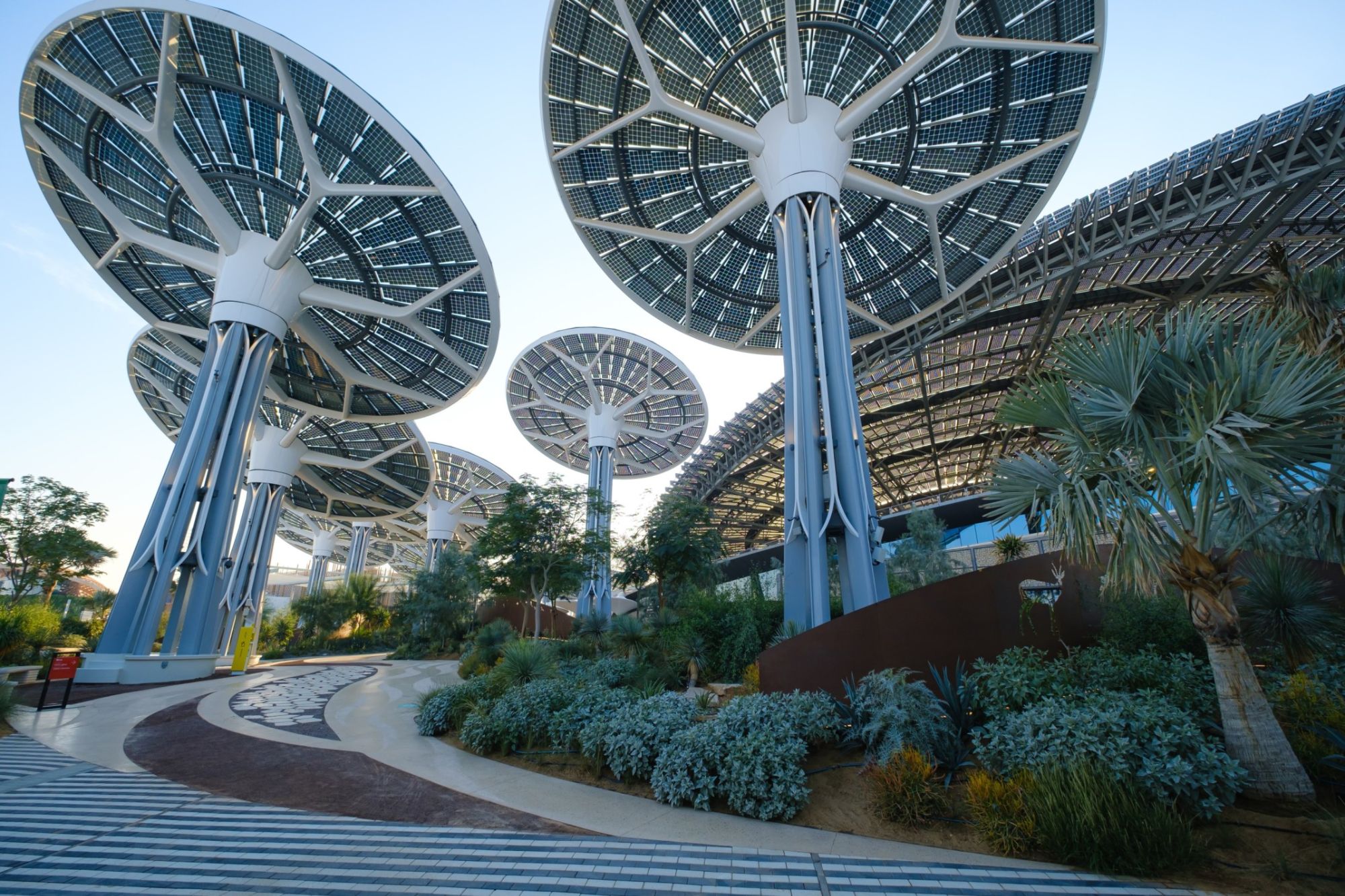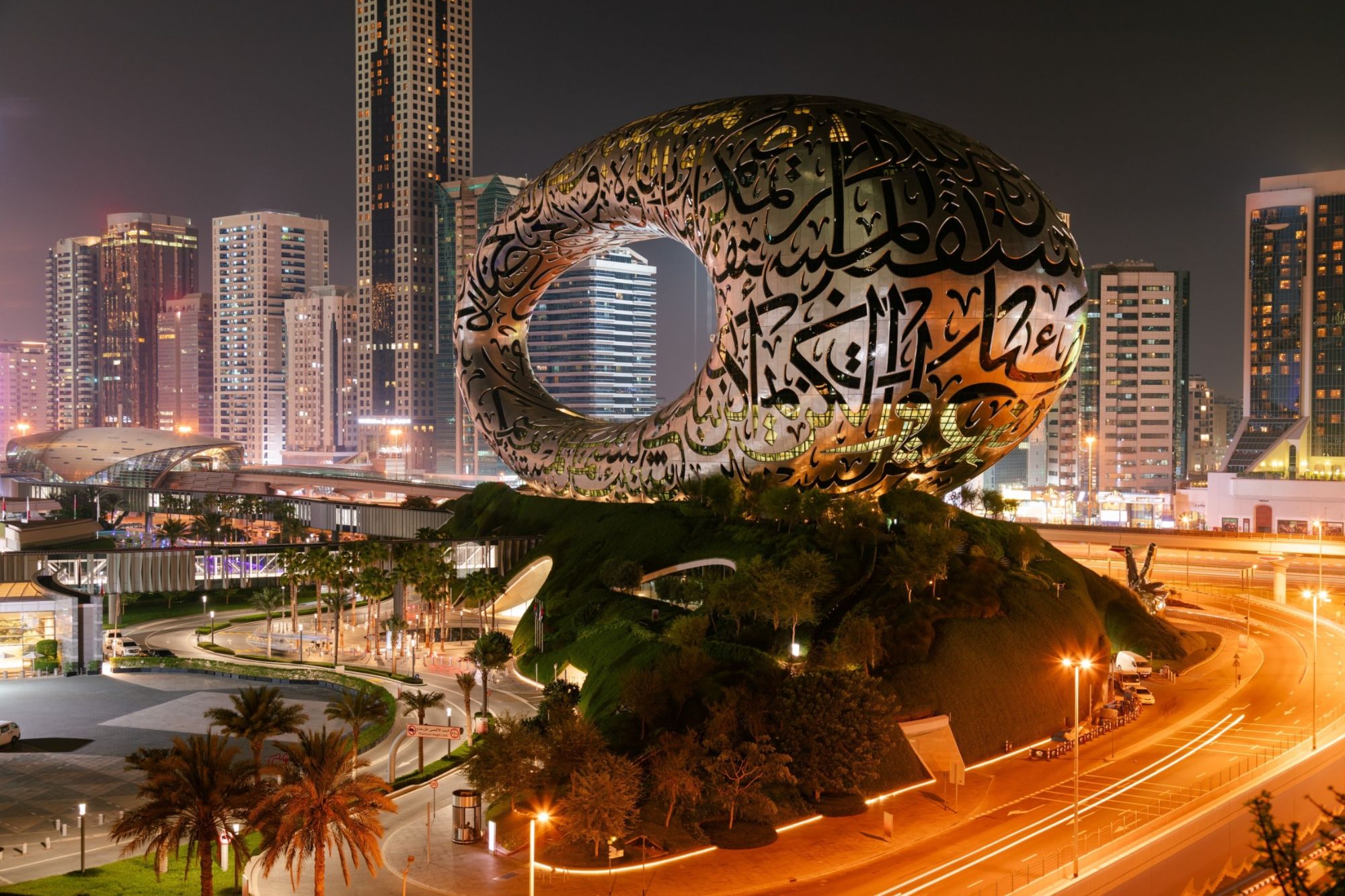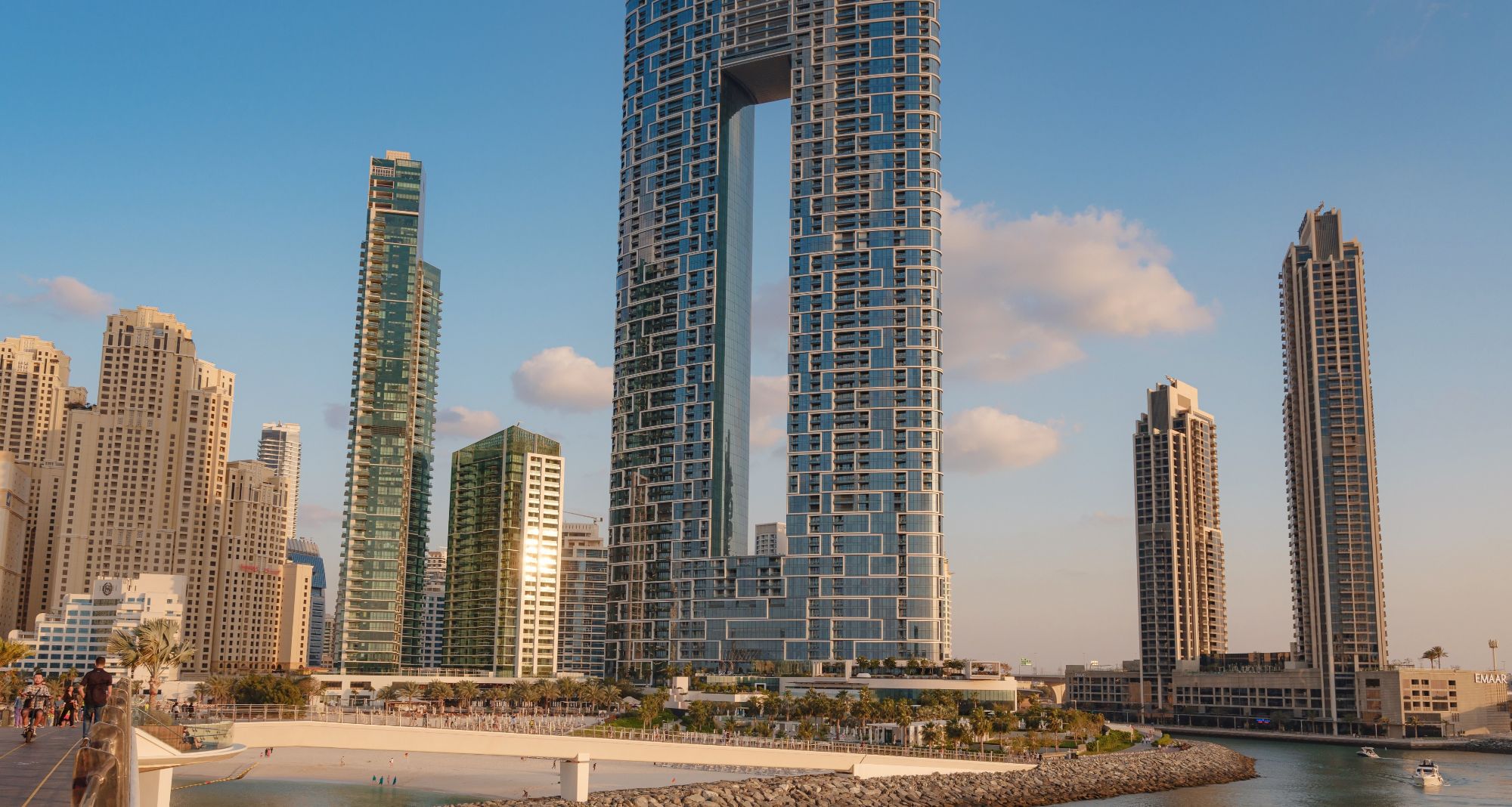Sustainable Architecture Trends in Dubai
Sustainable architecture has become a growing trend in Dubai as the city embraces the need for more eco-friendly designs and green building practices. As one of the fastest-developing cities in the world, Dubai has recognized the importance of balancing its economic growth with environmental responsibility.

Key Trends in Green Building in Dubai
Energy-Efficient Designs
Energy efficiency is a cornerstone of sustainable architecture. In Dubai, many new buildings are designed to minimize energy consumption. This is achieved through advanced insulation, energy-efficient windows, and the use of natural light.
For example, the Dubai Frame, one of the city’s iconic structures, is designed to reduce energy use using solar power and energy-efficient systems.
The Burj Khalifa, the world's tallest building, has been designed with energy-efficient features such as high-performance glazing, LED lighting, and intelligent building management systems.
Sustainable Materials
Material selection is crucial when it comes to green buildings. Dubai has seen a rise in the use of sustainable materials such as recycled steel, bamboo, and reclaimed wood.
These materials reduce the environmental impact of construction and promote sustainability. For instance, using low-carbon concrete in many new projects helps reduce greenhouse gas emissions.
Water Conservation Techniques
Water is a precious resource in Dubai, and sustainable architecture often includes water conservation strategies. Buildings are now being designed with features like greywater recycling systems, which reuse water from sinks and showers for irrigation or flushing toilets. These systems help reduce water consumption and make buildings more sustainable.
Renewable Energy Integration
The integration of renewable energy sources is another key trend in eco-friendly designs. Solar panels are becoming a common sight on rooftops across Dubai, harnessing the abundant sunshine to generate electricity. This reduces the reliance on fossil fuels and lowers the carbon footprint of buildings.
Vertical Gardens and Green Roofs
Vertical gardens and green roofs are becoming increasingly popular in Dubai. These features not only enhance the aesthetic appeal of buildings but also contribute to sustainability.
Green roofs help regulate building temperature, reduce energy consumption, and improve air quality. Vertical gardens, meanwhile, provide insulation and reduce the heat island effect in urban areas.

The Rise of Green Building in the UAE
One of the key drivers of sustainable architecture in Dubai is the UAE's commitment to the Paris Agreement on climate change and the 2040 Urban Master Plan, which emphasizes sustainability and quality of life. The country has set ambitious targets to reduce its carbon footprint and has implemented various initiatives to promote sustainable development.
This has led to a surge in the construction of green buildings that incorporate energy-efficient technologies, renewable energy sources, and environmentally friendly materials.
One of the most notable examples of sustainable architecture in Dubai is the Mohammed bin Rashid Al Maktoum Solar Park. This massive solar power plant is the largest single-site solar park in the world, with a planned capacity of 5,000 megawatts by 2030.

Conclusion
The sustainable architecture trends in Dubai are a testament to the city's commitment to environmental responsibility and its vision for a more sustainable future. By embracing green building practices, investing in renewable energy, and promoting innovative design solutions, Dubai is setting an example for cities around the world to follow.

